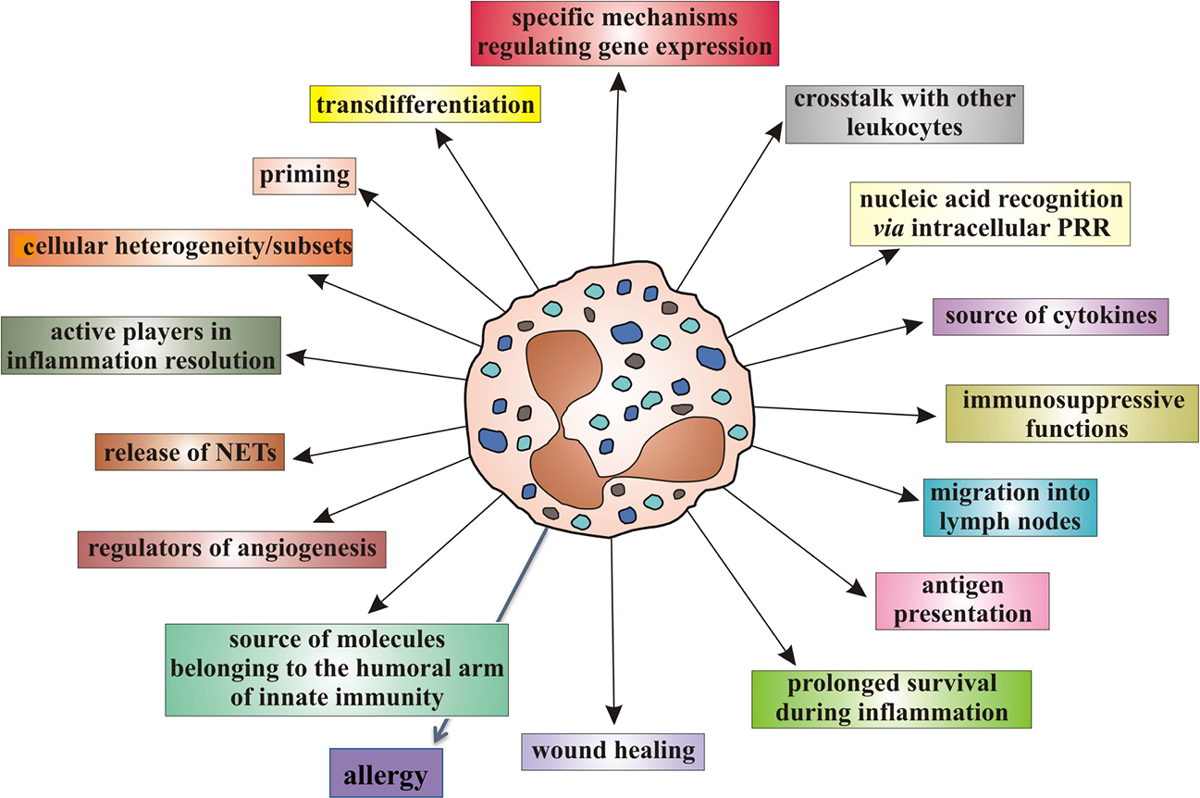Costs of Routine Care For Infant Colic in the UK and Costs of Chiropractic Manual Therapy as a Management Strategy Alongside a RCT For This Condition
SOURCE: J Clin Chiropr Pediatr 2013 (Jun); 14 (1): 1063–1069
Joyce E. Miller, BS, DC, DABCO
Anglo-European College of Chiropractic,
Bournemouth, UK.
This paper is a follow-up cost comparison of the medical and chiropractic care provided in Dr. Miller’s RTC study:Efficacy of Chiropractic Manual Therapy on Infant Colic: A Pragmatic Single-Blind, Randomized Controlled Trial
J Manipulative Physiol Ther. 2012 (Oct); 35 (8): 600–607This RTC cast new and significant insight onto previous colic trials:
- In this study, it was found that knowledge of treatment by the parent did not appear to contribute to the observed treatment effects. This was a major criticism of earlier colic studies, and thus may help support their conclusions.
- That study revealed that excessively crying infants were 5 times less likely to cry significantly, if they were treated with chiropractic manual therapy, and that chiropractic care reduced their crying times by about 50%, compared with those infants provided solely medical management.
Background: There is a small body of published research (six research studies and a Cochrane review) suggesting that manual therapy is effective in the treatment of infant colic. Research from the UK has shown that the costs of NHS treatment are high (£65 million [USD100 million] in 2001) with no alleviation of the condition.
Objectives: The objectives of this study were to: investigate the cost of the inconsolable nocturnal crying infant syndrome which is popularly known as infant colic in the first 20 weeks of life, estimate the costs of different types of treatment commonly chosen by parents for a colicky infant for a week of care or an episode of care, investigate the cost of chiropractic manual therapy intervention aimed at reducing the hours of infant crying alongside a randomized controlled trial (RCT) showing effectiveness of treatment.
Design: Economic evaluation incorporating a RCT.
Methods: A cost analysis was conducted using data from a RCT conducted in a three-armed single-blinded trial that randomized excessively crying infants into one of three groups: a) routine chiropractic manual therapy (CMT), b) CMT with parent blinded or c) no treatment control group with parent blinded. These costs were compared with costs of caring for infant colic from Unit Costs of Health and Social Care, UK, 2011. It has been widely estimated that 21% of infants in the UK present annually to primary care for excessive crying and this calculated to 167,000 infants (to the nearest 1,000) used in the cost analysis as there were 795,249 infants in the UK in mid-2010 according to the UK Office of National Statistics, 2011.
Results: 100 infants completed the RCT and this resulted in treatment costs of £58/child ($93). An additional cost of GP care of £27.50 was added for initial evaluation of the general health of the child and suitability for chiropractic management, totaling £85.50 per child in the RCT. Clinical outcomes are published elsewhere, but care showed both statistically and clinically significant efficacy in reduced crying time by an average of 2.6 hours, resulting in a crying time of less than two hours a day (reaching “normal” levels which could be classified as non-colic behavior). Cost per child’s care was £85.50 extrapolated to £14,278,500 for the full cohort of 167,000. If chiropractic care had been given privately, costs were calculated as £164/child per episode of care and this equaled £27,388,000 for the entire cohort. Medical costs through a normal stream of care amounted to £1,089.91 per child, or £182,014,970 for the cohort (including all costs of care, not just NHS). No benefits of effectiveness were accrued from any of those types of treatment. If the Morris NHS data were extrapolated to 2010, applying wage inflation, the cost would be £118 million (USD180 million) yearly. An episode of an average of four treatments of chiropractic manual therapy with documented efficacy of CMT cost from 8% to 25% of NHS care or routine care.
Conclusion: Chiropractic manual therapy was a cost-effective option in this study. A much larger randomized study of routine medical care versus routine chiropractic care is recommended to determine whether there is confirmation of these findings.





Leave A Comment